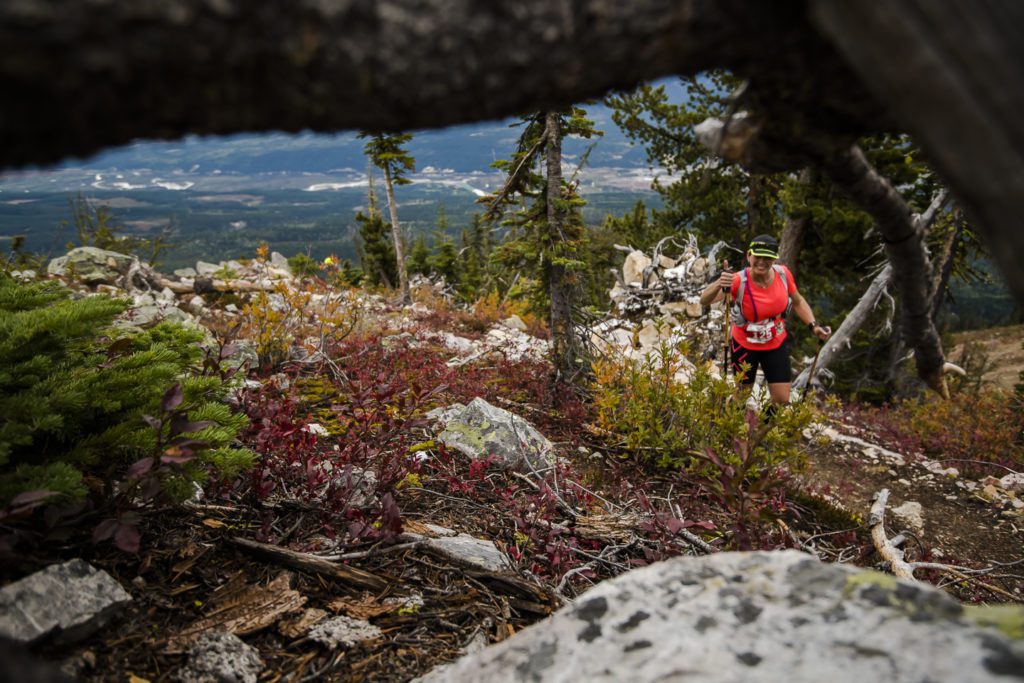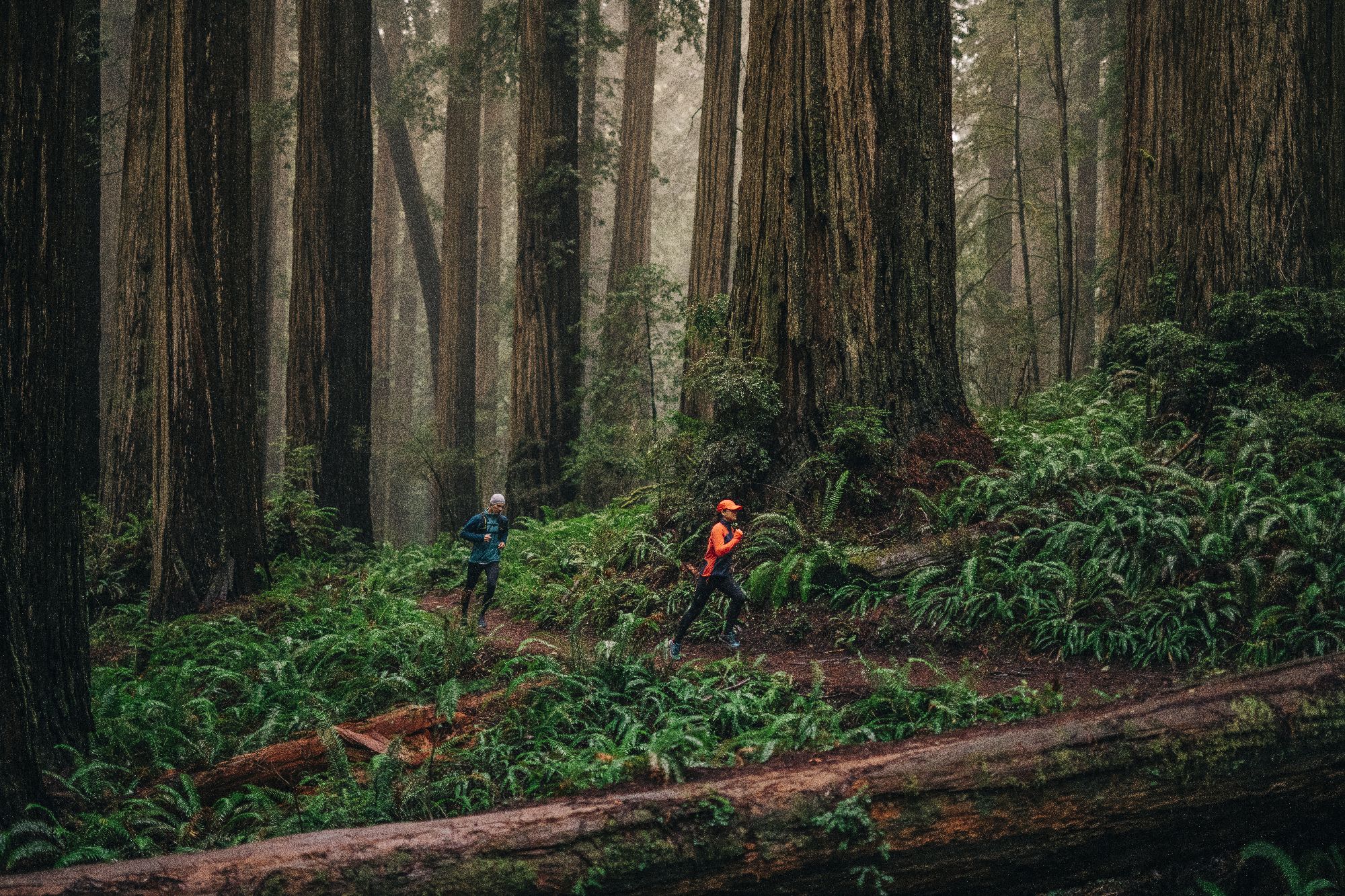
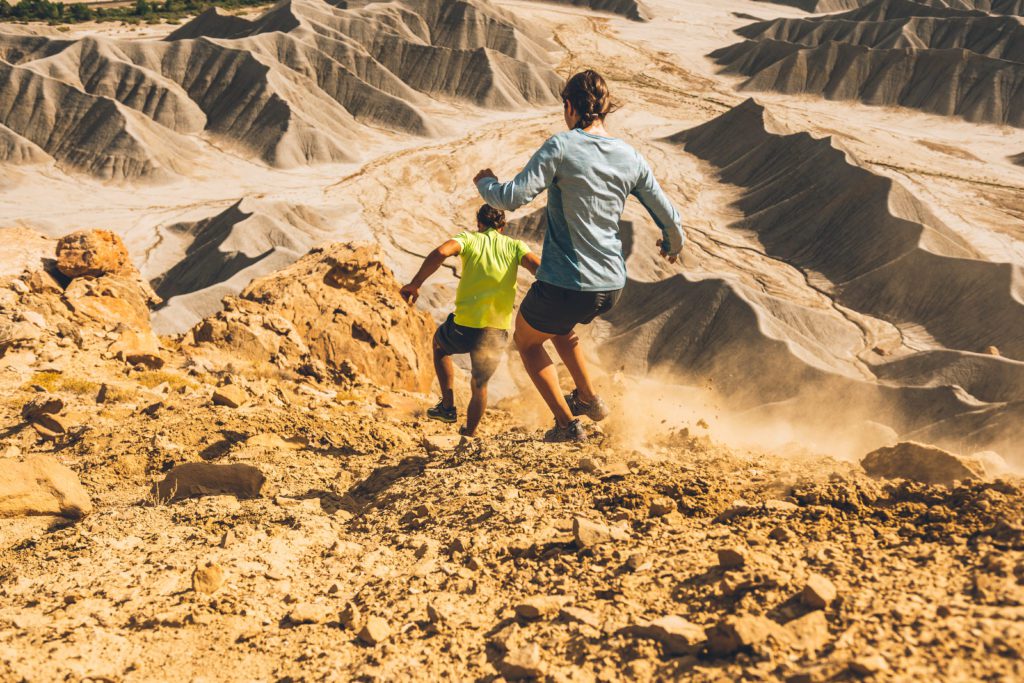
How are trail shoes different from road shoes?
Trail shoes are generally made of more robust materials that can stand up to the more intense wear and tear that comes with trail running. Materials such as tightly-woven mesh help prevent rips from trail debris, and many (but not all) trail shoes have rubber lugs on the outsole for better traction off-road. Some are weatherproof, and some have a rubber or TPU (thermoplastic polyurethane) toe guard to protect you from sharp rocks on the trail.
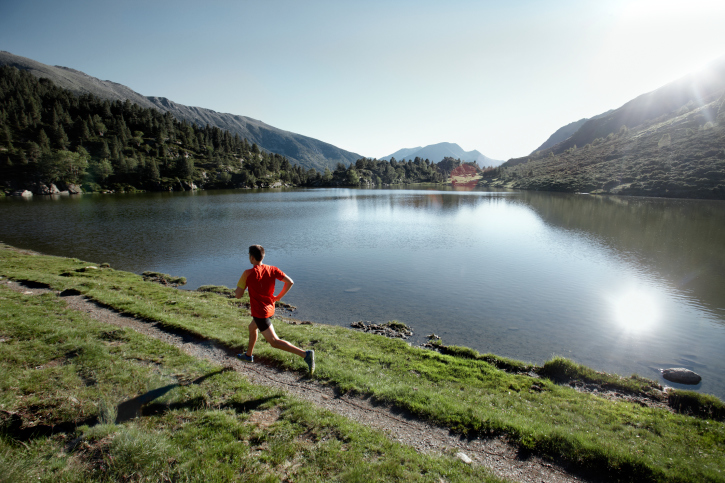
A good trail shoe should maximize protection and durability without being too heavy. This is achieved through the use of innovative materials and construction processes.
1. Cushioning
Cushioning is important in a trail shoe, just as it is in a road shoe. Though trails are generally softer than pavement, comfort and protection are really important when logging long mileage on a rugged trail. At the same time, you want to feel like you can feel the trail under your feet.
RELATED: Am I wearing worn-out running shoes?
2. Stability
Stability is more of an issue in trail running because you’re often running on uneven terrain. This will give your ankles and lower legs more of a workout than you may be used to in road running, and you’ll want a shoe that provides protection against excessive movement.

Stability in a trail shoe is provided through the use of more supportive materials and more robust construction on the upper, a wider toe box than you generally find in a road shoe, and a more secure fit in the heel. Externally, trail shoes often feature a wider platform, which gives a feeling of stability.
It should be noted that the enhanced stability of a trail shoe generally means it will be less flexible in the forefoot than a road shoe.

3. Outsole lugs
The outsoles of trail shoes are designed with rubber lugs to grip an uneven trail surface, and to provide traction in all weather conditions. Some models feature multi-directional lugs that provide stability on dirt, mud, and/or rocks. They also use innovative outsole materials to maximize traction and prevent sliding on switchbacks or slick surfaces.
RELATED: Stability Ball Exercises for Trail Runners
4. Lacing systems
The way a shoe is laced affects how well the shoe fits. Lacing systems can
help a runner customize fit to their unique foot shape, and even help alleviate pain from toe pressure and heel slippage. Some trail shoes have a ratcheting system for lacing (which some people love, and some do not.) Some companies offer innovations like elasticized laces or ribbed laces, designed to make them more secure against coming undone mid-run.
As with any shoe, you will want to experiment with how tight to tie the shoe at different points along the foot, being aware that your feet will swell during a long run or race. Flat laces are usually reliable, even if they require double-knotting.

5. Rock plate
As its name implies, a rock plate is a layer of protective material between the outsole and the midsole of a trail shoe, to protect the runner’s foot from rocks, roots, and other debris on the trail. The more technical the terrain, the more necessary it is to have this added protection in a trail shoe.
6. Weather protection
Weather protection is really a matter of personal preference, and requires some experimentation. A shoe that keeps moisture out may also make your foot sweat more (which is why many shoes are advertised as having highly breathable uppers). On the other hand, there are degrees of both breathability and weatherproofing.

The Caldorado III™ OutDry™ is a great example of a weatherproof shoe. (The Caldorado also comes in a non-OutDry model.) It has an internal waterproof bootie bonded directly to the inside of the upper, so there is no space for water and debris to collect. The result is a fully waterproof shoe that is also breathable and also provides decent flexibility in the forefoot.
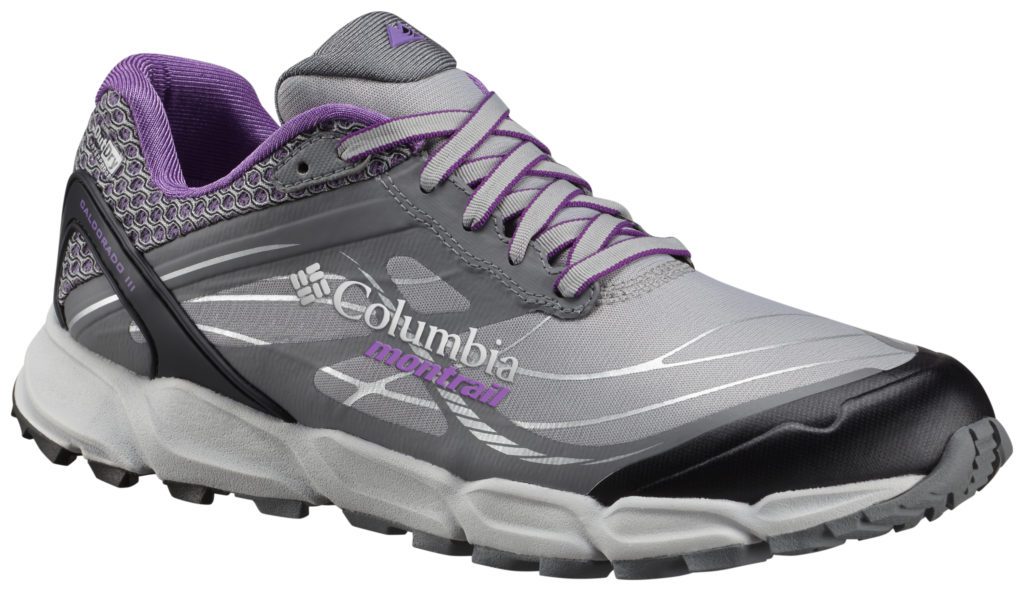
In terms of cushioning, stability and rock protection, Columbia’s Caldorado III™ and Variant are unbeatable. These models make use of Columbia’s patented FluidFOAM™ midsole material. FluidFOAM offers 17 per cent more cushioning than regular EVA, while also providing maximum energy return to propel you forward with ease. In addition, there is a foam package around the heel collar and under the tongue, to minimize rubbing, which can cause blisters.
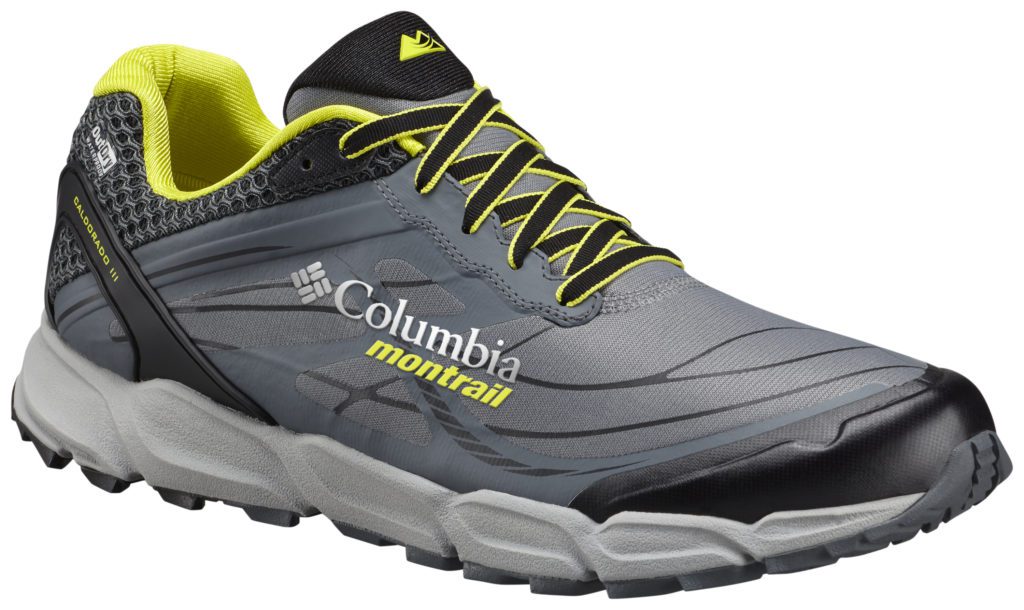
Stability is provided through Columbia’s use of FluidGUIDE™, which is an upgrade on the traditional shank system through the heel. And rock plate protection comes from TrailSHIELD™, a lightweight, flexible material that is molded between outsole and midsole, protecting the foot from the bottom up.
